Birth name Carlos Garcia Montoya Name Carlos Montoya Genres Flamenco music | Occupation(s) ComposerGuitarist TV shows Showcase '68 | |
 | ||
Albums Spanish Guitar Magic, The Art of Flamenco, Flamenco Direct, Aires Flamencos, Flamenco Fury | ||
Carlos montoya flamenco guitarist malaga 1959
Carlos García Montoya (13 December 1903 – 3 March 1993) in Madrid, Spain, was a prominent flamenco guitarist and a founder of the modern-day popular flamenco style of music. A few of his video recordings can still be found on YouTube.
Contents
- Carlos montoya flamenco guitarist malaga 1959
- Carlos Montoya Malaguena
- Early life
- Career
- Death and legacy
- Filmography
- References
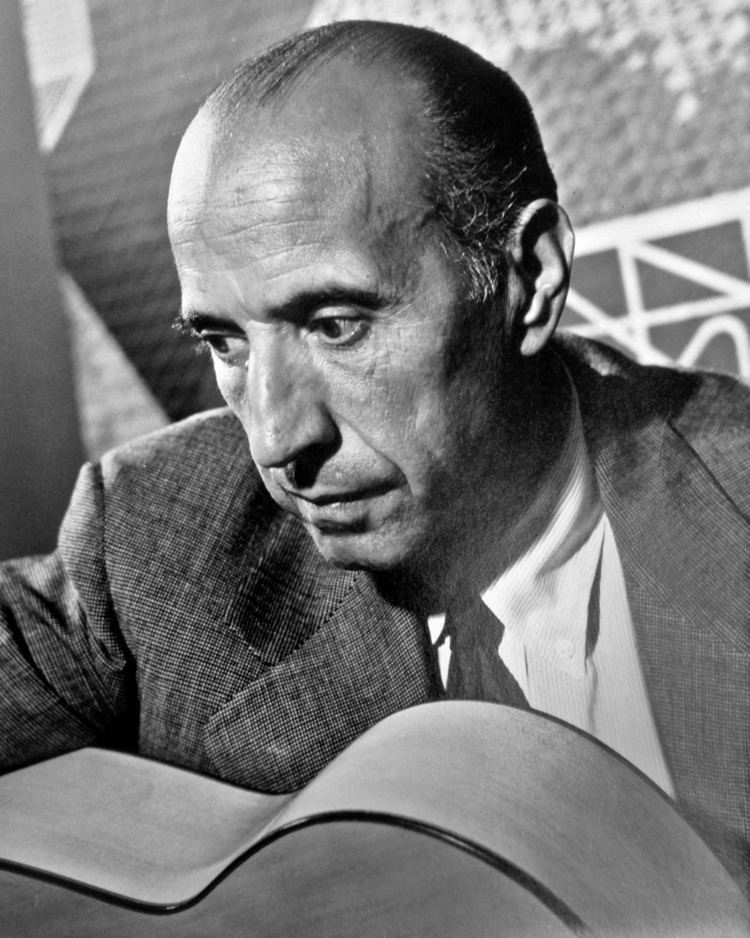
Carlos Montoya - Malaguena
Early life
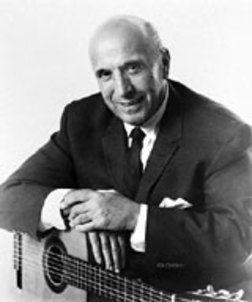
He was the nephew of renowned flamenco guitarist Ramón Montoya. He first learned from his mother, "la Tula", and then from a neighboring barber, Pepe el Barbero, i.e. Pepe the Barber. After one year Montoya had completed what Pepe was able to teach him. Carlos left to gain what he could from other flamenco guitarists of the time. At fourteen he was playing in the "cafes cantantes," in the heyday of flamenco singing and dancing, for such artists as Antonio de Bilbao, Juan el Estampío, La Macarrona and La Camisona in Madrid, Spain.
Career
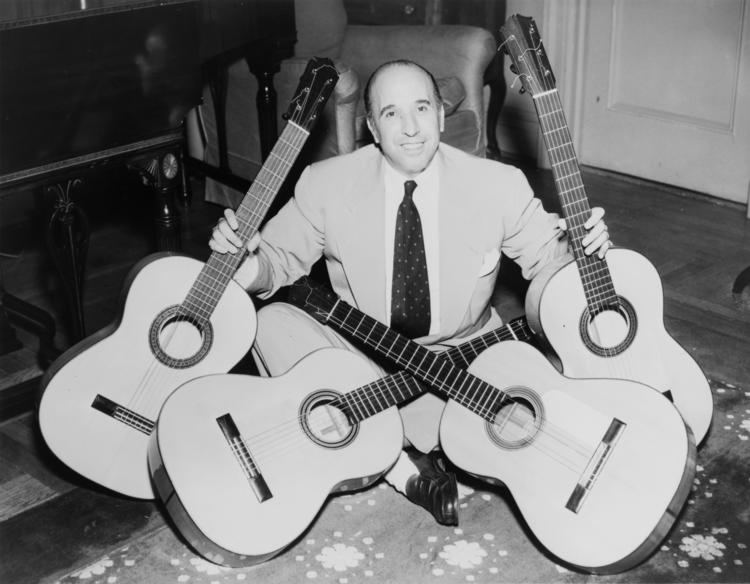
In the 1920s and 1930s he performed extensively in Europe, North America, and Asia with the likes of La Teresina. The outbreak of World War II brought him to the United States where he began his most successful days as a musician, and frequently toured with the dancer La Argentina, bringing his fiery style to concert halls and universities. He also accompanied orchestras. During this period he made a few recordings for several major and independent labels including RCA Victor, Everest and Folkways, performing traditional flamenco music such as Farruca., Malaga and Hokie.
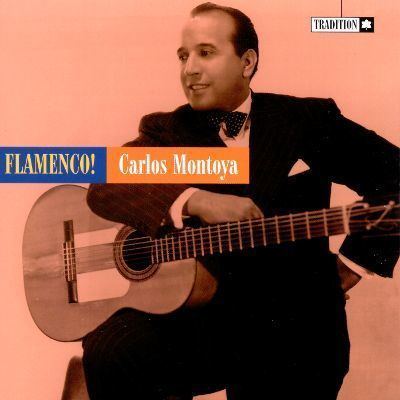
When World War II broke out in Europe in 1939, he was on tour in the United States, and decided to settle in New York City, eventually becoming a U.S. citizen. By the end of the war in 1945, his repertoire had broadened to include blues, jazz and folk music. He again toured internationally, and was the first flamenco guitarist to tour the world with symphonies and orchestras, and dominated the field of flamenco in the U.S. During his career he also performed on television and recorded over forty albums, including Suite Flamenco, a concerto he performed with the Saint Louis Symphony Orchestra in 1966. His performances helped popularize flamenco guitar music worldwide.
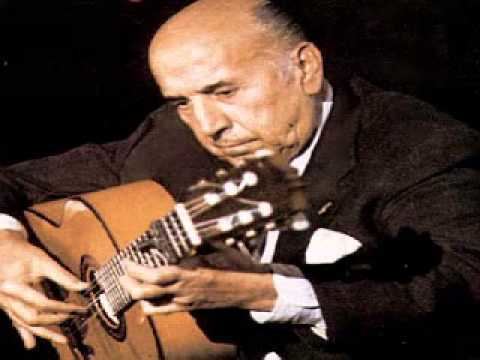
Montoya is credited with having transformed flamenco guitar music into a separate music style, beyond being a traditional dance accompaniment. He adapted flamenco to other genres of music to create his own recognizable style, becoming an international star. However, his style was not particularly appreciated by some serious flamenco students, who considered it less traditional than many others. That he was unpopular among aficionados was possibly because he abandoned the compás that had evolved within flamenco over hundreds of years. Many of his works do not even keep perfect tempo, increasing and decreasing in speed almost whimsically. He was admired for the speed of his picados and found popularity on the international stage as a result of this technically impressive pace.
Death and legacy
Montoya died on 3 March 1993 at the age of 89 of heart failure in Wainscott, New York, on Long Island. His daughter, Rosa Montoya, is noted for introducing flamenco dance to most of California with her studio based in San Francisco.
